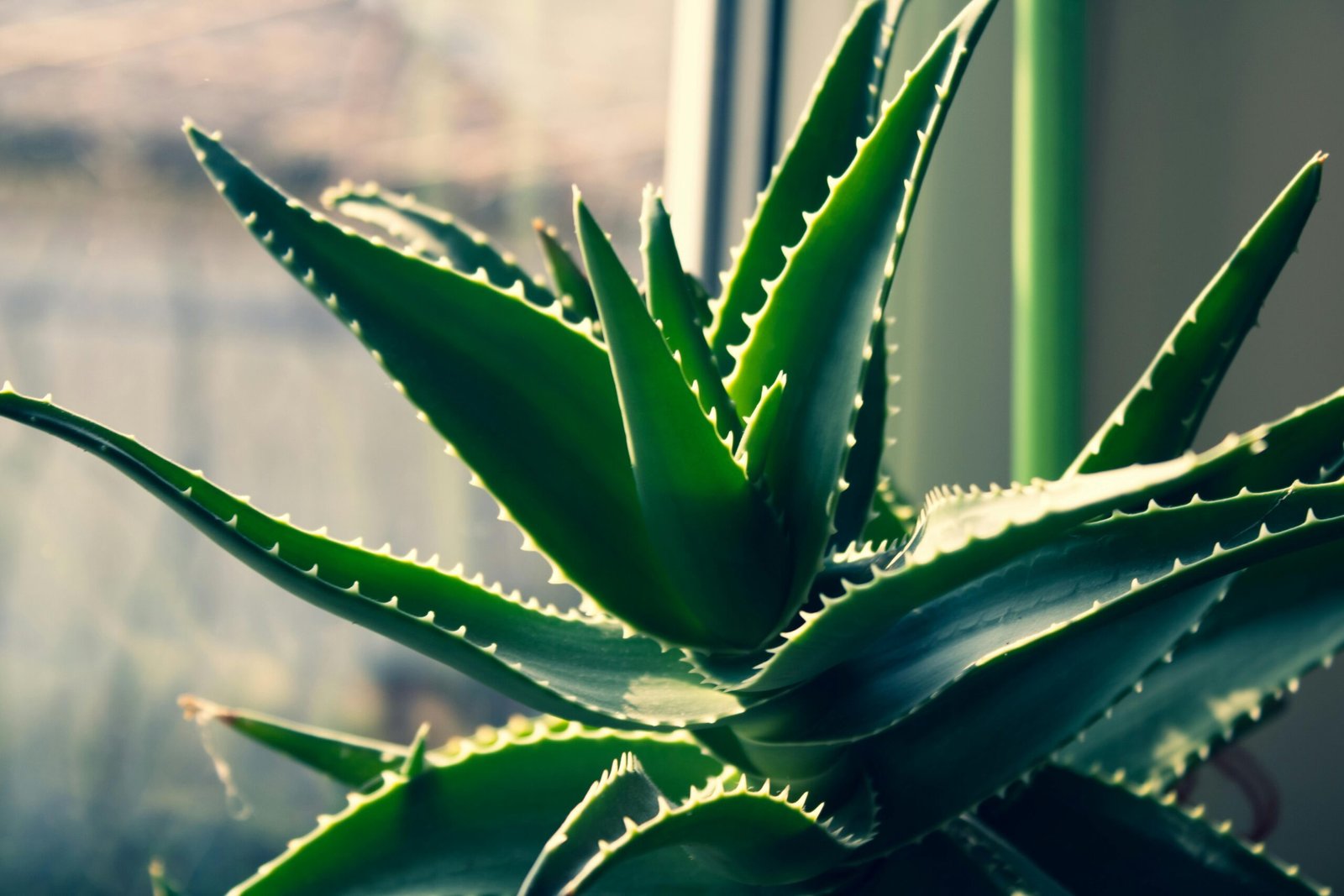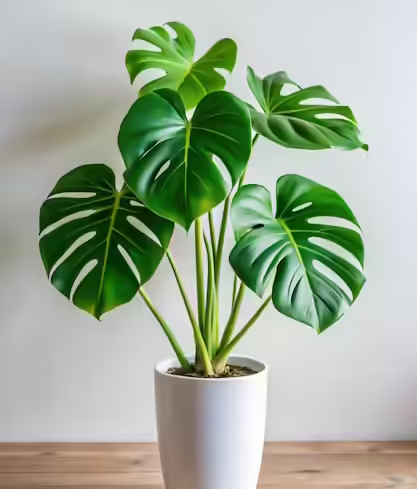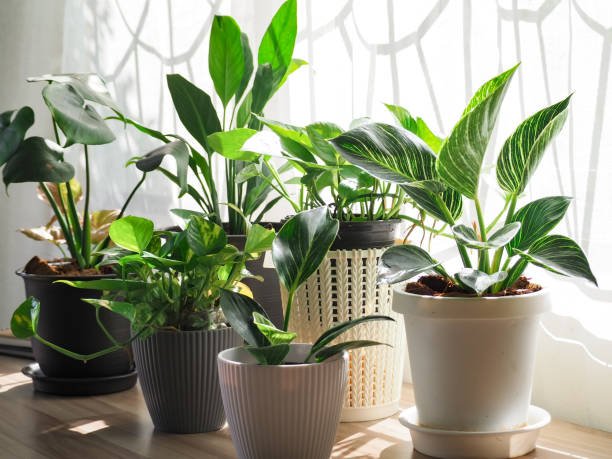Indoor Fiddle Leaf Fig Care | Secrets to Long-Lasting Growth
The Fiddle Leaf Fig (Ficus lyrata) is a star of the houseplant world, revered for its dramatic, violin-shaped leaves and towering presence. Its versatility allows it to complement various decor styles, from minimalist to eclectic. But for all its beauty, it’s also infamous for being a bit fussy, making many plant lovers hesitant to bring one home.
The good news? Caring for a Fiddle Leaf Fig doesn’t have to be intimidating. By understanding its unique needs and taking proactive steps, you can enjoy a thriving plant that serves as the crown jewel of your indoor greenery. This in-depth guide provides everything you need to know to help your Fiddle Leaf Fig flourish, from light and watering requirements to advanced tips for troubleshooting and styling.
Let’s dive into the secrets to long-lasting Fiddle Leaf Fig growth!
Getting to Know the Fiddle Leaf Fig
Natural Habitat
Native to the tropical rainforests of West Africa, the Fiddle Leaf Fig grows under the canopy of taller trees, basking in dappled sunlight. These natural conditions give us vital clues about its indoor care: it thrives in bright, indirect light, high humidity, and consistently warm temperatures.
Why It’s Loved Worldwide
The Fiddle Leaf Fig’s popularity stems from its striking features:
- Bold Leaves: Its large, glossy leaves create a dramatic statement.
- Versatility: Whether styled as a compact bush or a tall tree, it fits perfectly in small apartments or spacious living rooms.
- Air-Purifying Qualities: Like many houseplants, it helps clean the air by removing toxins such as formaldehyde and xylene.
With a basic understanding of its origins and appeal, you’ll be better equipped to cater to this tropical gem’s needs.
Creating the Ideal Environment
Light Requirements
Light is one of the most critical factors for Fiddle Leaf Fig health. Too little light, and your plant may become leggy; too much direct sunlight, and its delicate leaves may scorch.
- Optimal Light: Place your Fiddle Leaf Fig near a south- or east-facing window where it gets bright, indirect light for 6-8 hours a day.
- Rotating the Plant: Rotate the pot every week or two to ensure even growth, as Fiddle Leaf Figs tend to lean toward their light source.
- Artificial Lighting: If your home lacks sufficient natural light, supplement it with a grow light. LED grow lights designed for indoor plants are an excellent option.
Temperature and Humidity
- Temperature: These plants prefer temperatures between 60°F and 75°F. Avoid placing them near drafts, air conditioning vents, or heaters.
- Humidity: Aim for a humidity level of 40-60%. Dry air can cause the edges of the leaves to brown. Use a humidifier, or group your plant with others to create a humid microenvironment.
Pro Tip: In particularly dry climates or during winter, mist your plant lightly once a week to prevent dry leaves.
Mastering the Art of Watering
How Often to Water
Consistency is key when it comes to watering. Fiddle Leaf Figs dislike both overwatering and underwatering.
- The Finger Test: Before watering, check the top 1-2 inches of soil. If it feels dry, it’s time to water.
- General Schedule: Water once a week during spring and summer, and every 10-14 days in winter.
Watering Technique
- Use lukewarm, filtered water to avoid shocking the plant or introducing chemicals.
- Pour water slowly around the base of the plant until it begins to drain from the bottom.
- Empty the saucer immediately to prevent water from sitting at the roots.
Common Mistakes
- Overwatering: This leads to root rot, yellowing leaves, and a mushy smell.
- Underwatering: Causes dry, crispy edges and overall leaf droopiness.
Soil and Potting Essentials
Choosing the Right Soil
Fiddle Leaf Figs need a well-draining soil mix that retains moisture without becoming waterlogged. A suitable mix might include:
- 2 parts general-purpose potting soil
- 1 part perlite or coarse sand for aeration
- 1 part peat moss or coco coir for moisture retention
Pot Selection
- Drainage: Always use a pot with drainage holes.
- Size: Choose a pot that’s 1-2 inches wider than the plant’s current root ball.
Repotting into a pot that’s too large can lead to excess soil retaining water, increasing the risk of root rot.
Feeding and Fertilizing Your Fiddle Leaf Fig
Why Fertilizing is Crucial
Fiddle Leaf Figs are fast growers during their active seasons (spring and summer) and need regular feeding to maintain their vibrant foliage.
- Fertilizer Type: Use a balanced liquid fertilizer, such as 10-10-10 or 20-20-20.
- Frequency: Feed every 4-6 weeks during spring and summer. Skip fertilizing in fall and winter when growth slows.
Pro Tip: If using a slow-release fertilizer, apply it at the start of spring for continuous feeding throughout the growing season.
Pruning and Propagation
The Benefits of Pruning
Pruning helps maintain the plant’s shape, encourages bushier growth, and removes damaged or diseased leaves.
How to Prune
- Use sterilized shears to make clean cuts.
- Trim back leggy stems and remove any yellowing or brown leaves.
- Prune just above a node to encourage new growth.
Propagating Fiddle Leaf Figs
Propagate your plant to grow new ones:
- Stem Cuttings: Cut a healthy stem with at least two leaves and place it in water or soil.
- Leaf Cuttings: While challenging, some growers successfully root single leaves in water.
Propagation not only saves money but also makes for thoughtful gifts for fellow plant enthusiasts.
Advanced Care Tips
Cleaning the Leaves
Dust accumulation can block light absorption, slowing growth. Wipe down the leaves monthly with a damp cloth to keep them shiny and dust-free.
Seasonal Adjustments
- Reduce watering in winter, as the plant’s growth slows.
- Avoid fertilizing during dormancy.
Boosting Humidity
Place a tray filled with water and pebbles beneath your plant, ensuring the pot doesn’t touch the water. Alternatively, invest in a room humidifier.
Troubleshooting Common Issues
Brown Spots
- Cause: Overwatering, sunburn, or fungal infections.
- Solution: Adjust watering habits or move the plant to indirect light. Use a fungicide if necessary.
Yellowing Leaves
- Cause: Overwatering or lack of nutrients.
- Solution: Check the soil’s moisture levels and consider feeding your plant.
Leaf Drop
- Cause: Environmental stress, such as moving, drafts, or sudden light changes.
- Solution: Maintain consistent conditions and avoid overhandling.
Styling Your Fiddle Leaf Fig
Decor Tips
- Place your plant in a decorative pot or woven basket for a chic look.
- Position it near other plants of varying heights to create a layered effect.
- Use it as a statement piece in open spaces or cozy corners.
Short Summary
With the right care, a Fiddle Leaf Fig can transform your indoor space into a lush, vibrant sanctuary. While it’s true they can be finicky, the rewards of watching your plant thrive are well worth the effort. From mastering its watering schedule to understanding its light preferences, this guide provides everything you need for success.
Embrace the journey of Fiddle Leaf Fig care, and enjoy the satisfaction of cultivating one of the most iconic houseplants. Happy growing!












